The world is home to a diverse array of wildlife, but many species are teetering on the brink of extinction. From majestic rhinos to elusive porpoises, these animals face critical threats from habitat loss, poaching, and climate change. In this article, we will explore the top 20 most endangered animals on the planet, highlighting the urgent need for conservation efforts to protect these irreplaceable species. Each animal’s story is a poignant reminder of the fragile balance of our ecosystems and the pressing need for global action to ensure their survival.
Northern White Rhinoceros (2 Individuals)
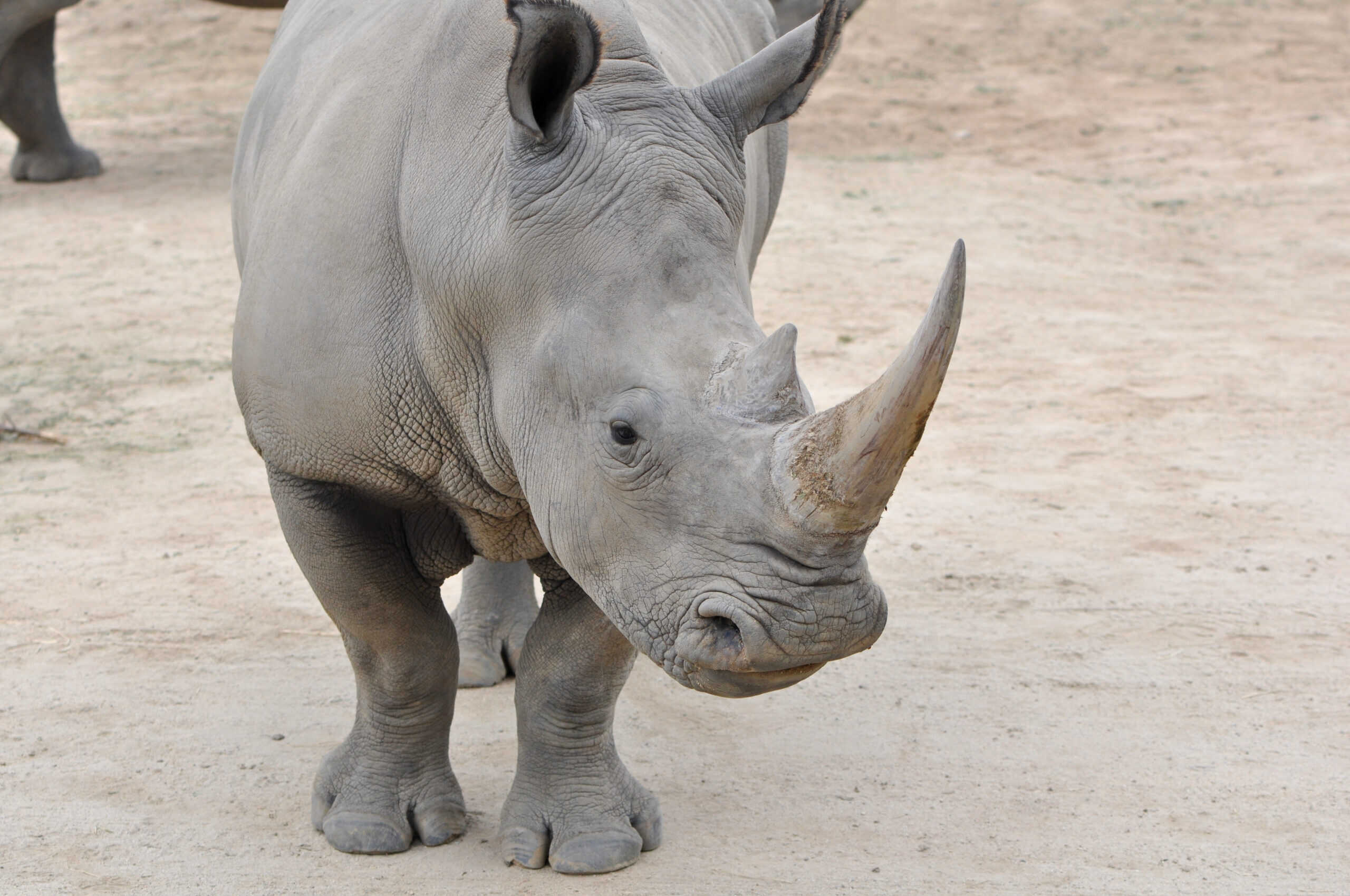
The Northern White Rhinoceros is the rarest animal on Earth, with only two females remaining in the Ol Pejeta Conservancy in Kenya. The last male, Sudan, died in 2018, marking a critical point in their path towards extinction. Poaching for their horns, which are highly valued in traditional Chinese medicine and as a status symbol, has driven their numbers down. Efforts to save the species now rely on advanced reproductive technologies, including in vitro fertilization and the use of preserved genetic material from deceased males. The plight of the Northern White Rhino highlights the devastating impact of human greed and underscores the urgent need for robust conservation measures.
Vaquita (Less than 10 Individuals)
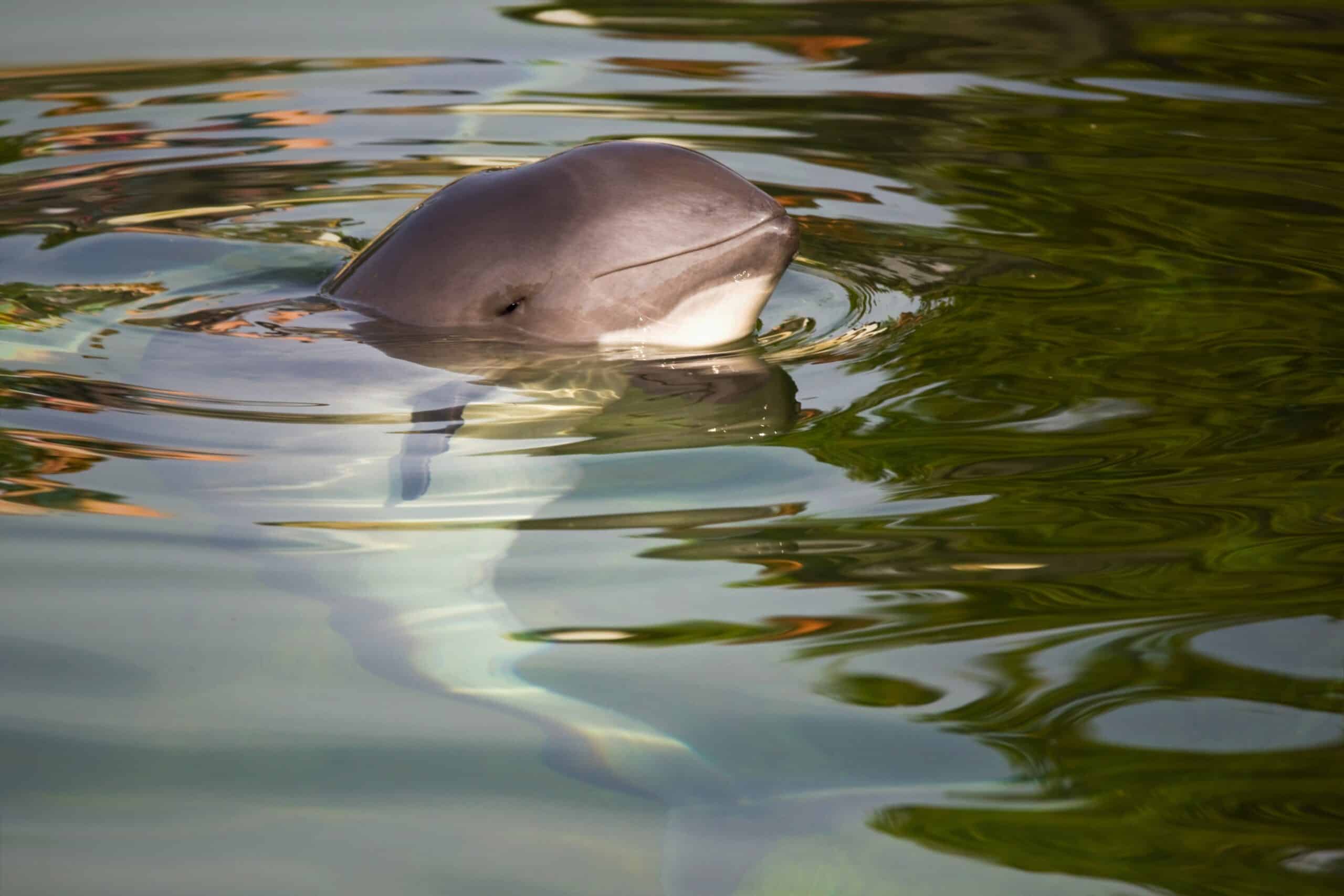
The Vaquita, a small porpoise native to the northern Gulf of California in Mexico, is the most endangered marine mammal. With fewer than 10 individuals remaining, the primary threat to their survival is bycatch in illegal gillnets used for catching the totoaba fish, whose swim bladder is highly prized in traditional Chinese medicine. Conservation efforts have focused on removing gillnets and promoting alternative fishing practices, but illegal fishing continues to pose a significant threat. The vaquita’s elusive nature and the murky waters of their habitat make conservation efforts particularly challenging. Their survival depends on stringent enforcement of fishing bans and international cooperation to reduce the demand for totoaba products.
Hainan Gibbon (Less than 30 Individuals)
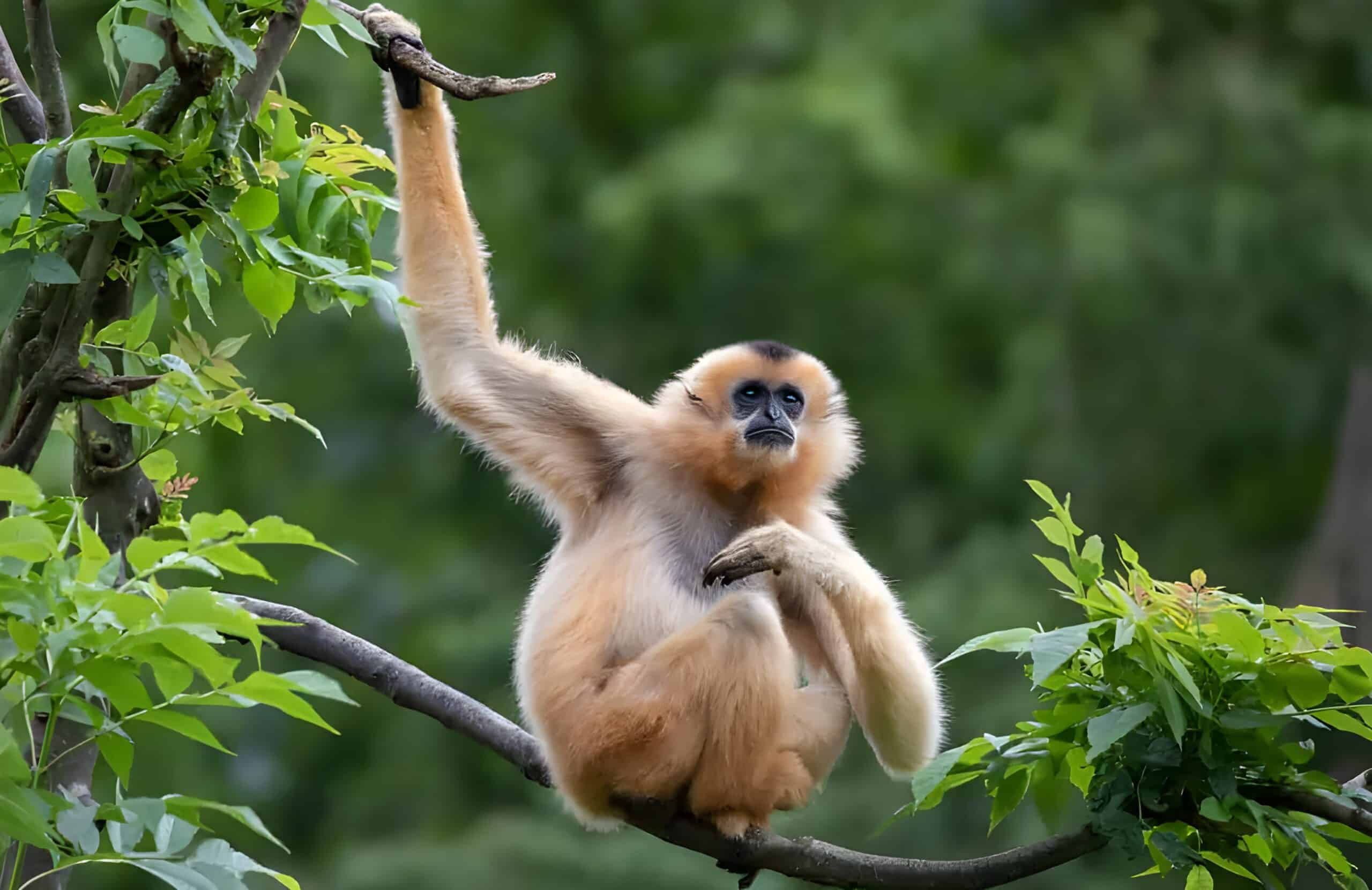
The Hainan Gibbon, residing on China’s Hainan Island, is the world’s rarest primate with fewer than 30 individuals left. These gibbons live in small, cohesive family groups in the island’s dwindling forest habitat. Deforestation and hunting have critically endangered this species. They primarily feed on fruits, leaves, and insects. Intensive conservation efforts, including habitat protection and reforestation, aim to expand their living area and support population recovery. The survival of the Hainan Gibbon is a testament to the need for urgent and sustained conservation initiatives to protect the most vulnerable species.
South China Tiger (Less than 40 Individuals)
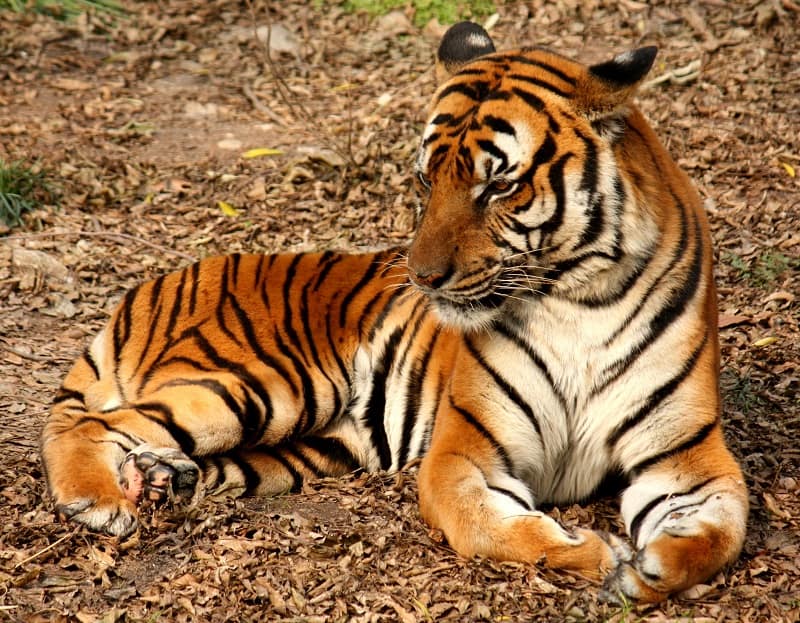
Once widespread throughout China, the South China Tiger is now functionally extinct in the wild, with only a few individuals surviving in captivity. Extensive hunting and habitat destruction over the decades have decimated their population. These tigers are smaller and more vibrantly colored compared to other subspecies. Conservation efforts focus on captive breeding programs with hopes of future reintroduction into protected areas. The South China Tiger’s plight is a stark reminder of the consequences of unchecked human expansion and the importance of preserving wildlife habitats.
Javan Rhino (Around 72 Individuals)
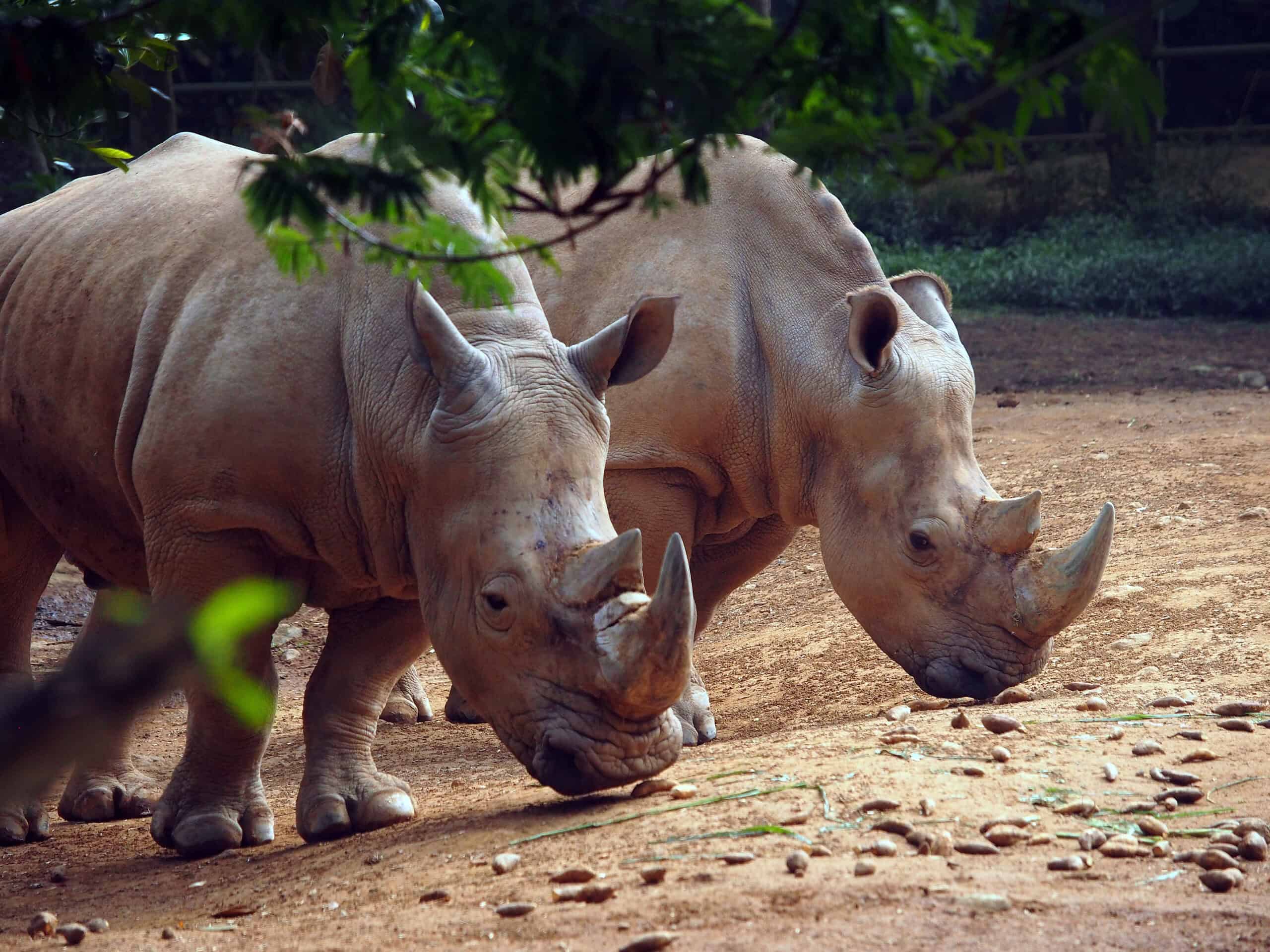
The Javan Rhino is one of the rarest large mammals, with around 72 individuals confined to Ujung Kulon National Park in Indonesia. Unlike its African relatives, the Javan Rhino prefers dense rainforests and mud wallows. Their diet mainly consists of leaves, shoots, and fruits. Habitat destruction and poaching for their horns have significantly reduced their numbers. Conservation strategies focus on expanding their habitat, implementing strict anti-poaching measures, and monitoring the population to ensure their survival. The Javan Rhino’s existence in a single, vulnerable location makes it highly susceptible to natural disasters and disease outbreaks.
Sumatran Rhino (Less than 80 Individuals)
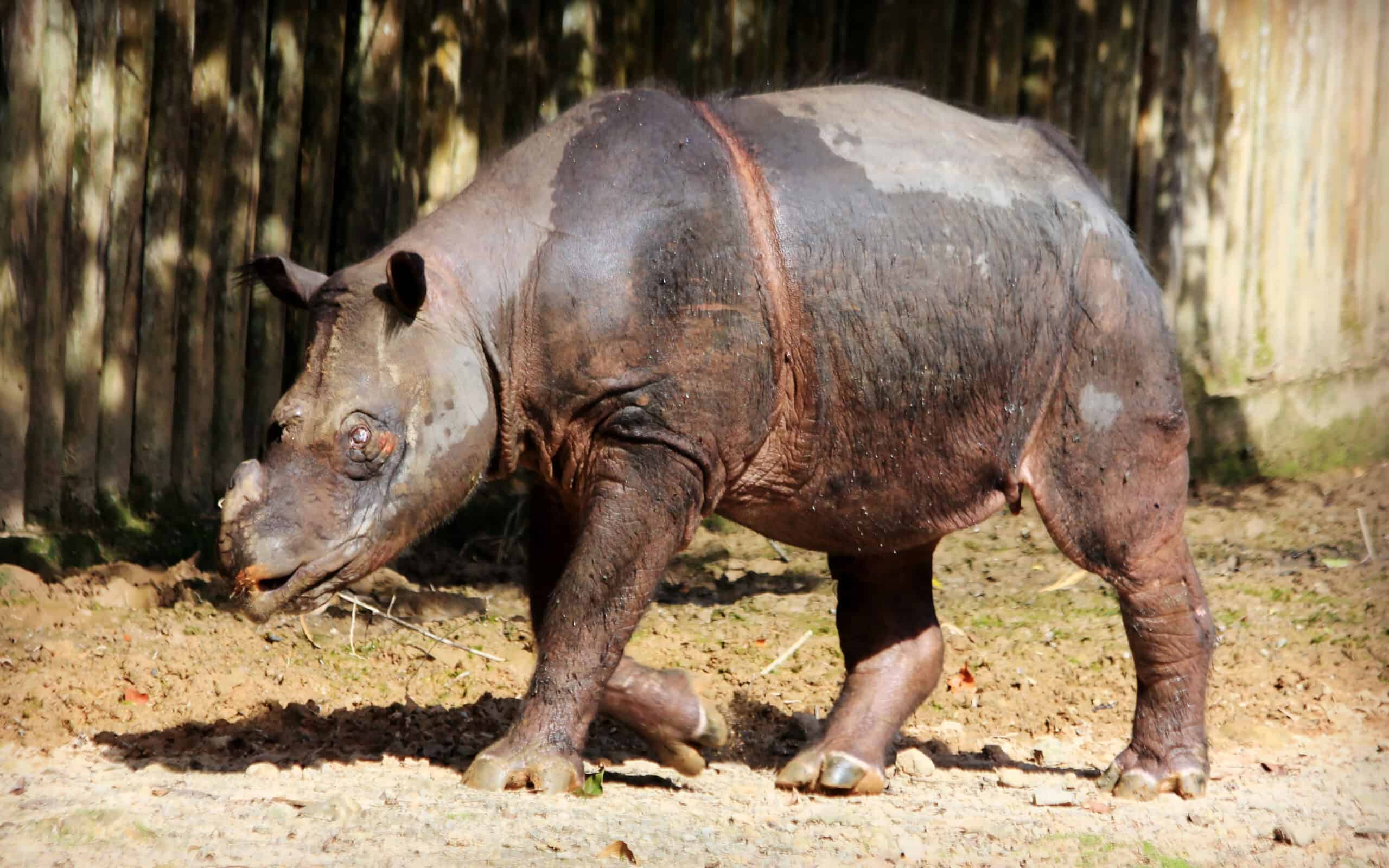
The Sumatran Rhino is the smallest of all rhinoceros species, critically endangered with fewer than 80 individuals remaining in isolated forest pockets in Indonesia. These solitary animals prefer dense mountain forests and have a diet consisting of leaves, twigs, and fruits. Habitat loss, poaching, and their low birth rate have driven their numbers down. Conservation initiatives include anti-poaching measures, habitat protection, and captive breeding programs aimed at increasing their population. The Sumatran Rhino’s survival is intricately linked to the preservation of their forest habitat and effective anti-poaching strategies.
Saola (Less than 100 Individuals)
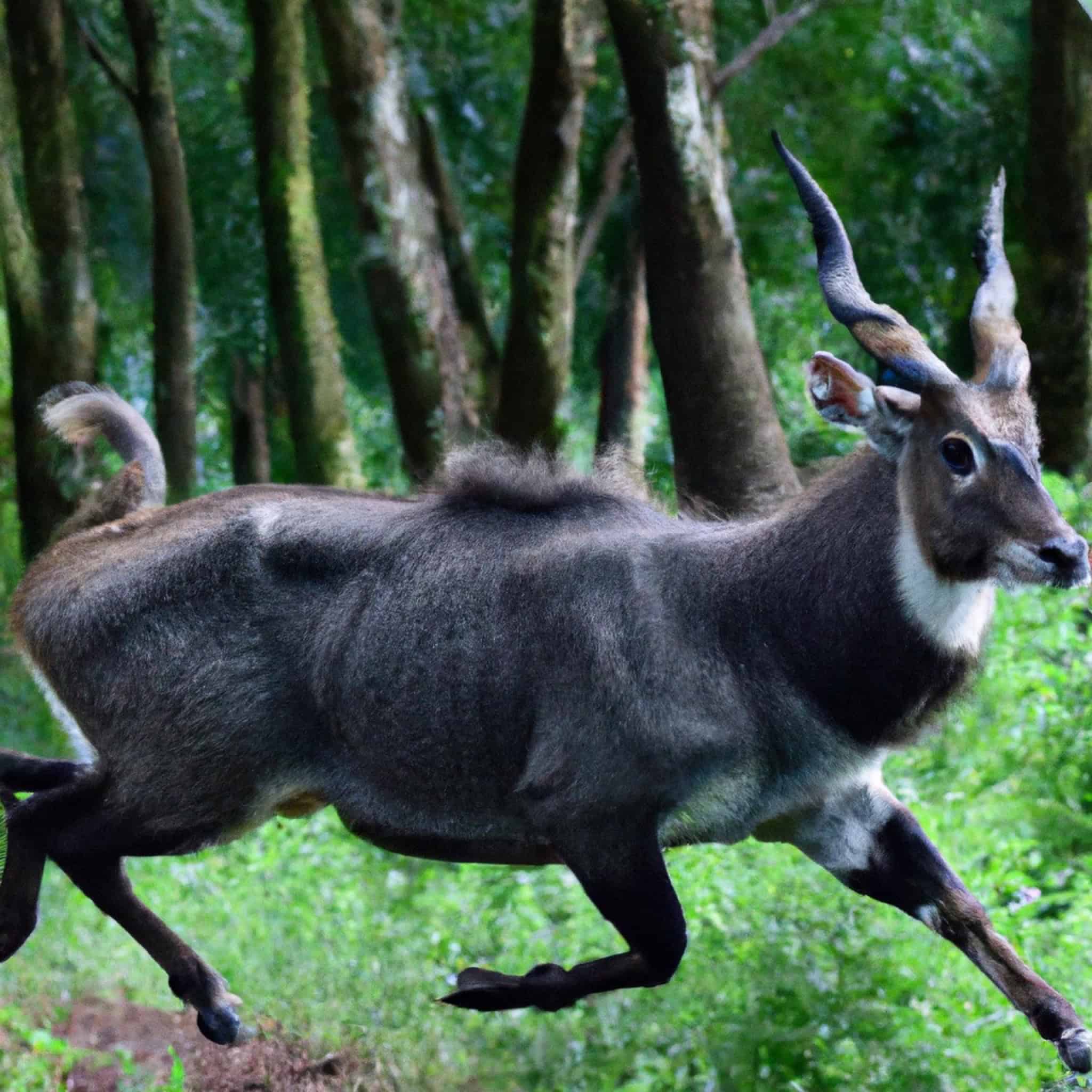
Often referred to as the Asian Unicorn, the Saola is one of the world’s rarest mammals, discovered only in 1992 in the Annamite Range along the Vietnam-Laos border. With fewer than 100 individuals, they are critically endangered due to habitat destruction and incidental capture in snares intended for other animals. The Saola’s diet consists primarily of leafy vegetation found in its forest habitat. Conservation efforts focus on protecting their habitat, removing snares, and conducting further research to better understand and safeguard this elusive species. The Saola’s mysterious nature and rarity make it a symbol of the need for enhanced biodiversity conservation.
Amur Leopard (Less than 100 Individuals)
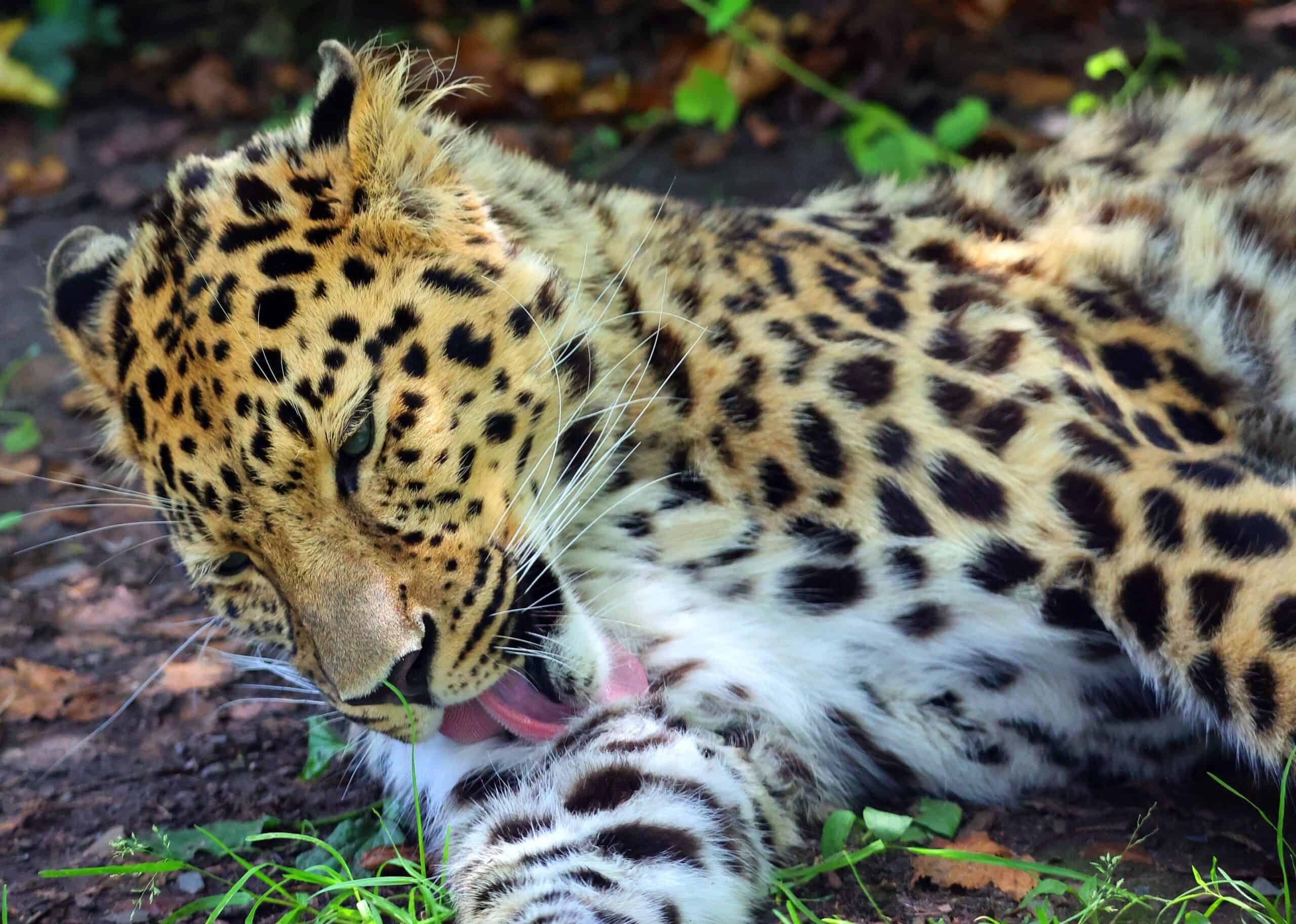
The Amur Leopard, found in the temperate forests of the Russian Far East and China, is one of the world’s rarest big cats. With fewer than 100 individuals remaining, they face significant threats from habitat loss, poaching, and prey depletion. These solitary predators have a beautiful spotted coat, thick fur, and large paws adapted to their cold environment. Conservation efforts include habitat restoration, anti-poaching patrols, and the establishment of protected areas. Despite these efforts, the Amur Leopard remains critically endangered, highlighting the urgent need for continued conservation and protection measures.
Addax (Less than 100 Individuals)
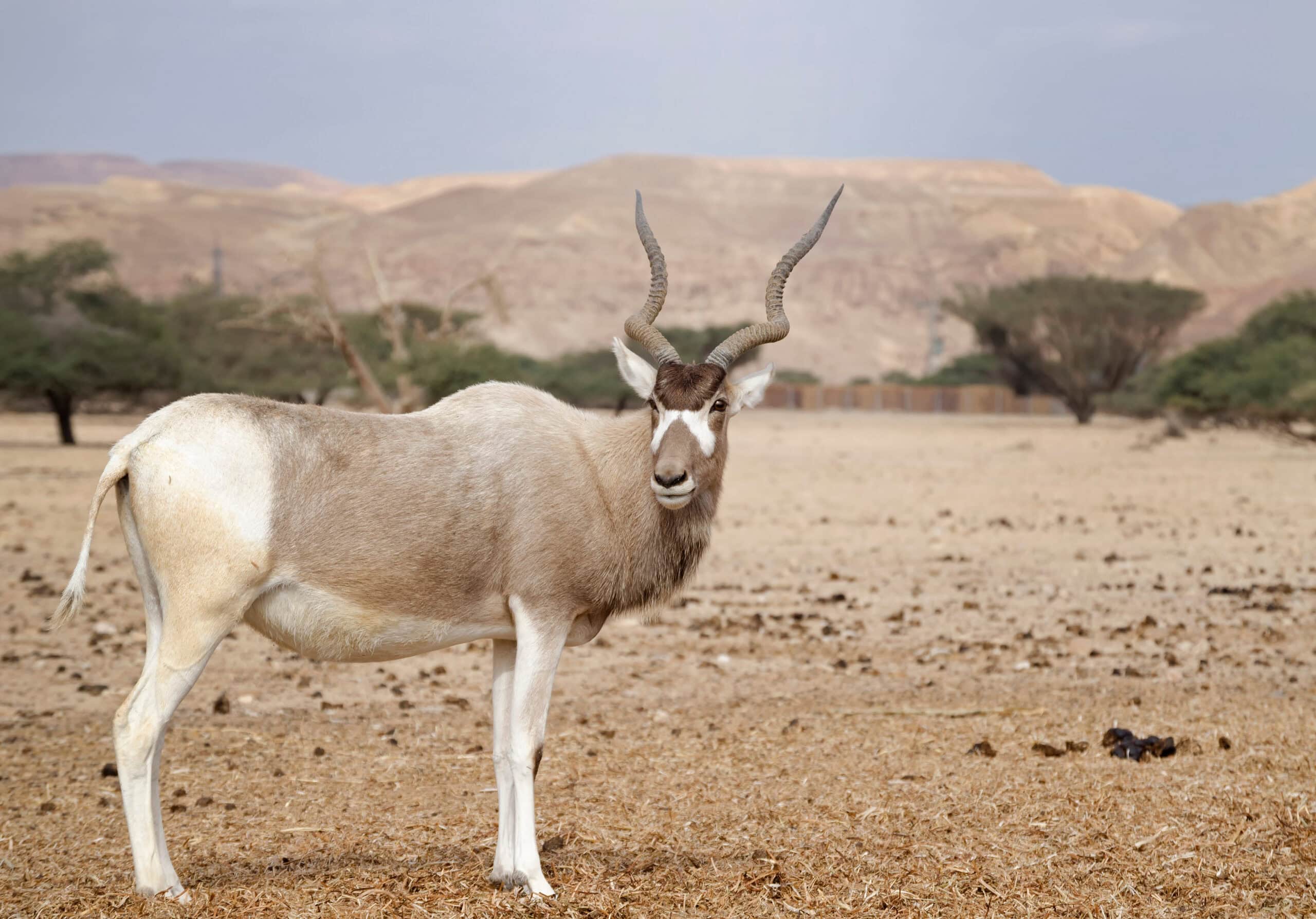
The Addax, also known as the white antelope, is critically endangered with fewer than 100 individuals remaining in the wild. Native to the Sahara Desert, these antelopes are adapted to arid conditions, with a diet consisting mainly of grasses and leaves. Their spiral horns and pale coat help them blend into their desert surroundings. Major threats include habitat loss, hunting, and military conflict. Conservation efforts focus on captive breeding programs and habitat protection to support their survival. The Addax’s decline underscores the impact of human activities on desert ecosystems and the need for targeted conservation efforts.
Kakapo (Less than 250 Individuals)

The Kakapo is a nocturnal, flightless parrot native to New Zealand, with fewer than 250 individuals remaining. Historically widespread, their populations have been decimated by introduced predators and habitat destruction. Kakapos feed on a variety of plant materials, including seeds and fruits. Conservation efforts include predator-free island sanctuaries and a dedicated breeding program, which have begun to stabilize their numbers. The Kakapo’s unique characteristics, such as its inability to fly and distinct mating call, make it a symbol of New Zealand’s conservation efforts and the importance of protecting native species.
Cross River Gorilla (Around 300 Individuals)
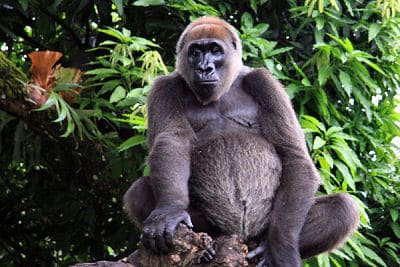
The Cross River Gorilla, Africa’s rarest great ape, inhabits the dense forests along the Nigeria-Cameroon border. With around 300 individuals remaining, they are critically endangered due to habitat destruction and poaching. These gorillas have a varied diet that includes fruits, leaves, and stems. Conservation efforts focus on habitat protection, anti-poaching measures, and community-based conservation programs to ensure their survival. The Cross River Gorilla’s shy nature has made their study difficult, but ongoing efforts aim to ensure their continued existence.
Red Wolf (Around 300 Individuals)
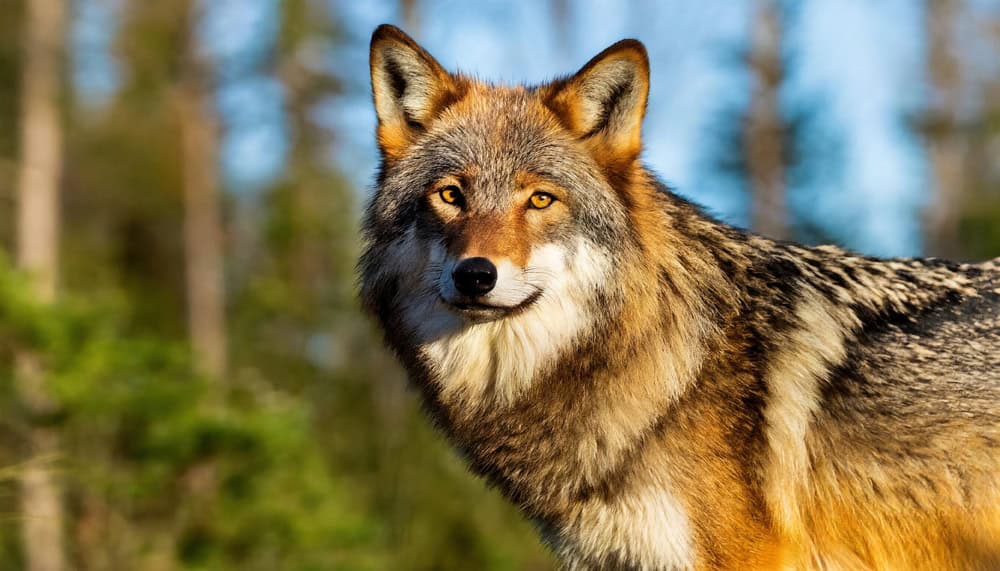
The Red Wolf, native to the southeastern United States, is critically endangered with around 300 individuals reintroduced into the wild. These wolves inhabit coastal prairies and forests, where they play a vital role as predators. Their diet includes small mammals and occasionally vegetation. Threats to their survival include hybridization with coyotes, road fatalities, and habitat loss. Conservation efforts involve breeding programs, public education, and legal protection to prevent further decline. The Red Wolf’s recovery efforts highlight the challenges and successes of species reintroduction programs.
Ploughshare Tortoise (Less than 400 Individuals)
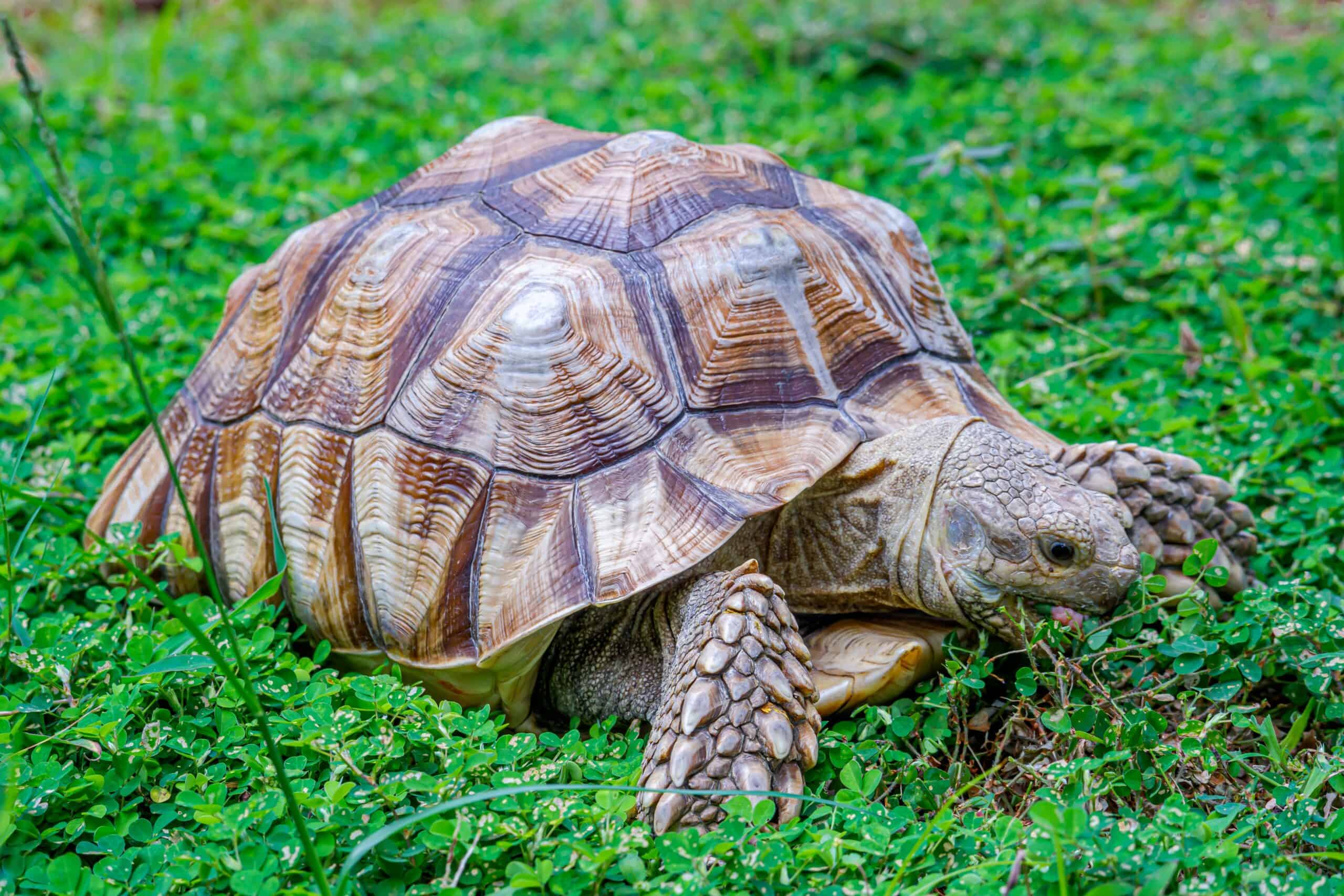
The Ploughshare Tortoise, native to Madagascar, is critically endangered with fewer than 400 individuals remaining. They inhabit dry deciduous forests and savannas, feeding on grasses and fruits. The species is distinguished by its high, domed shell with a distinctive plough-shaped extension, which unfortunately makes them a target for poachers. Conservation efforts focus on anti-poaching patrols, captive breeding, and international cooperation to combat wildlife trafficking. The Ploughshare Tortoise’s survival depends on stringent protection measures and global efforts to curb illegal trade.
Sumatran Tiger (Less than 400 Individuals)
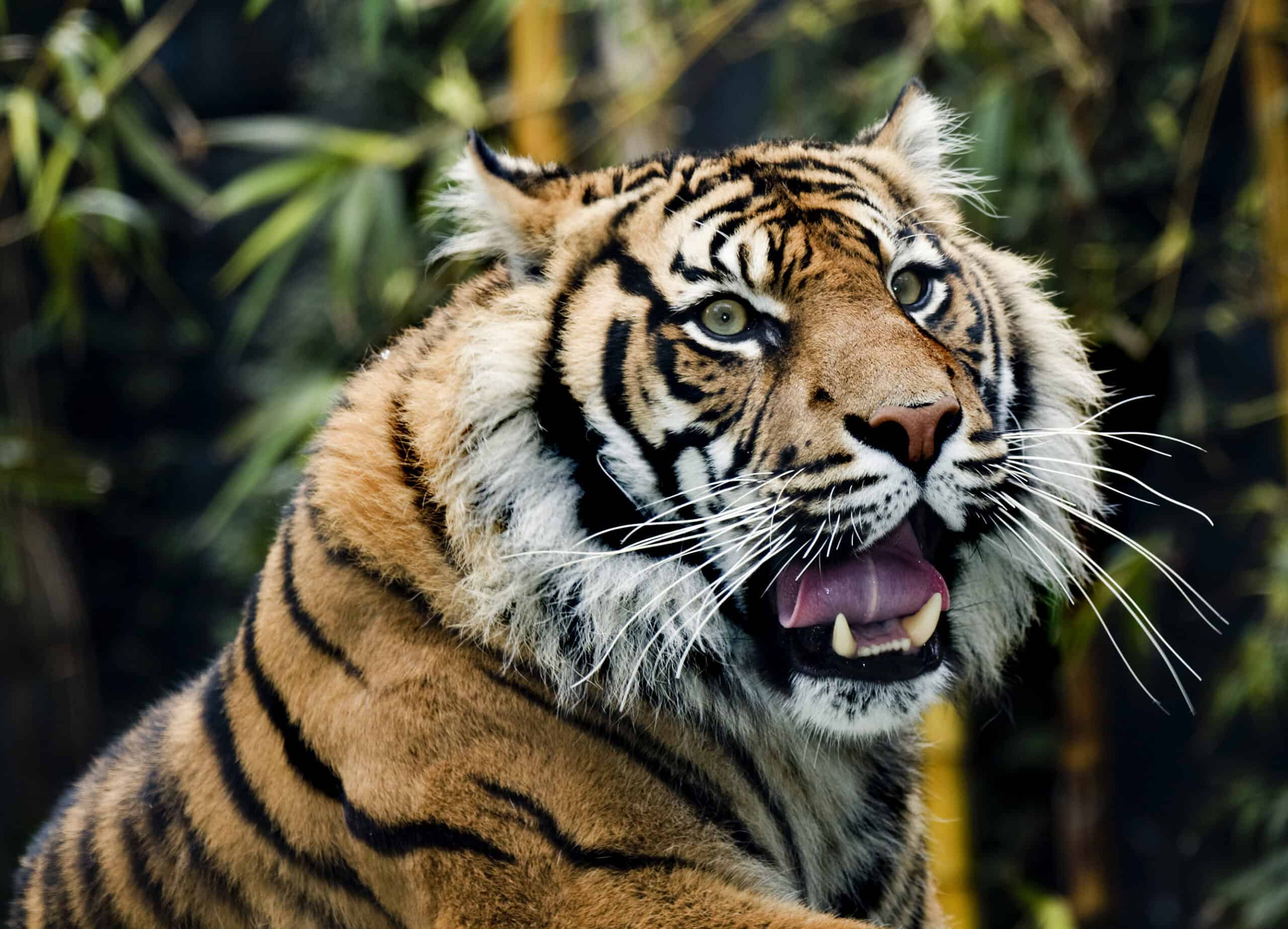
The Sumatran Tiger is the smallest of all tiger subspecies, critically endangered with fewer than 400 individuals remaining. These apex predators inhabit the forests of Sumatra, Indonesia, where they face significant threats from habitat destruction, poaching, and human-tiger conflict. Adapted to dense tropical forests, they are solitary animals with a diet that includes fish, monkeys, and deer. Conservation efforts for the Sumatran Tiger involve anti-poaching patrols, habitat conservation, and conflict mitigation strategies. Their survival is crucial for maintaining the ecological balance in their natural habitat.
Bamboo Lemur (Around 500 Individuals)

The Bamboo Lemur, native to Madagascar, is critically endangered with around 500 individuals remaining. These primates have a specialized diet of bamboo, consuming various parts of the plant, including shoots, leaves, and pith. Despite bamboo containing cyanide, Bamboo Lemurs have developed a tolerance to this toxin. Habitat destruction and hunting are significant threats to their survival. Conservation efforts include habitat protection, reforestation, and community-based conservation programs to support their survival and maintain their unique ecological role.
California Condor (Around 500 Individuals)
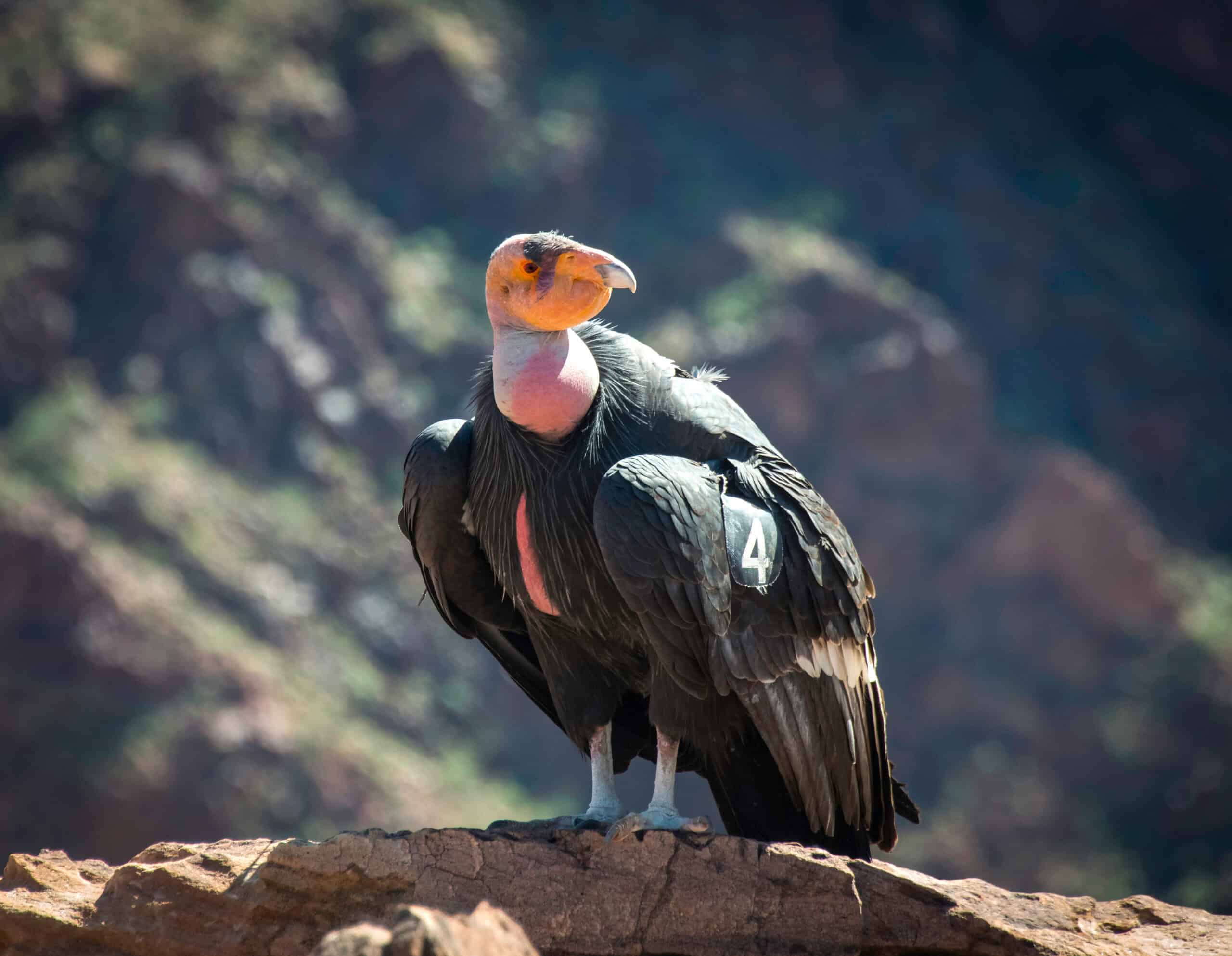
The California Condor, North America’s largest land bird, has made a remarkable recovery from the brink of extinction, with around 500 individuals now in existence. Intensive conservation efforts, including captive breeding and release programs, have helped increase their numbers. They are scavengers, feeding primarily on carrion, but face significant threats from lead poisoning, habitat loss, and ingestion of microtrash. Conservation initiatives focus on education about the use of non-lead ammunition, habitat protection measures, and ongoing monitoring to ensure their continued recovery. The California Condor’s comeback is a testament to the success of dedicated conservation programs.
Tapanuli Orangutan (Less than 800 Individuals)
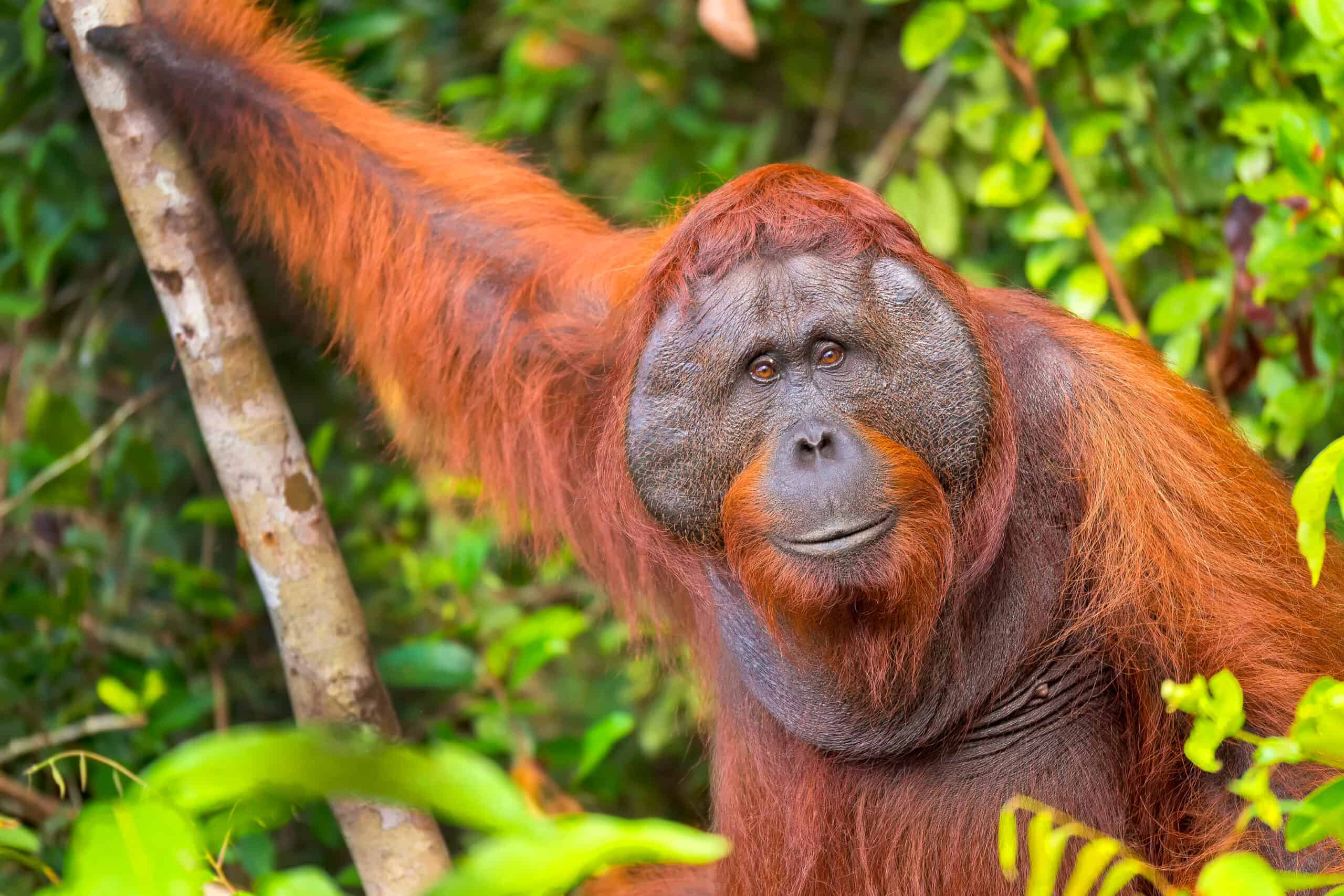
Discovered in 2017, the Tapanuli Orangutan is the most endangered great ape with fewer than 800 individuals remaining. They inhabit the Batang Toru ecosystem in North Sumatra, Indonesia, where they face threats from habitat destruction due to mining, logging, and hydroelectric projects. These orangutans have a diet that includes fruits, leaves, and insects, and are known for their unique vocalizations. Conservation efforts for the Tapanuli Orangutan focus on protecting their remaining forest habitat, preventing habitat fragmentation, and addressing the root causes of habitat destruction.
Gharial (Less than 900 Individuals)
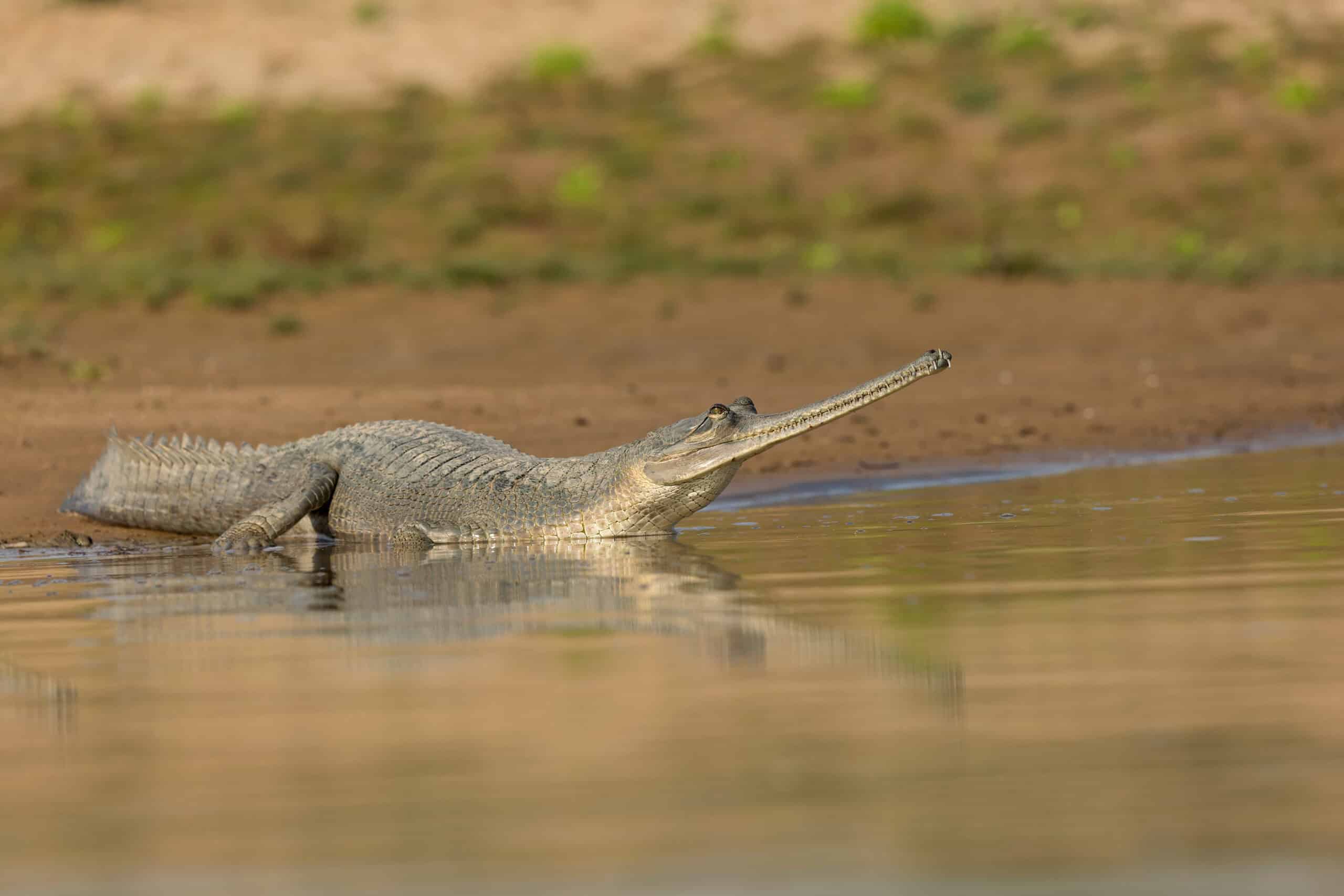
The Gharial, a unique crocodilian native to the Indian subcontinent, is critically endangered with fewer than 900 individuals remaining. They are distinguished by their long, narrow snout, adapted for catching fish, their primary diet. Habitat destruction and fishing pressures have significantly reduced their population. Conservation efforts include habitat restoration, protection measures, and captive breeding programs. The survival of the Gharial depends on the conservation of the river ecosystems they inhabit and effective management of human activities impacting these areas.
Spoon-billed Sandpiper (Less than 1000 Individuals)
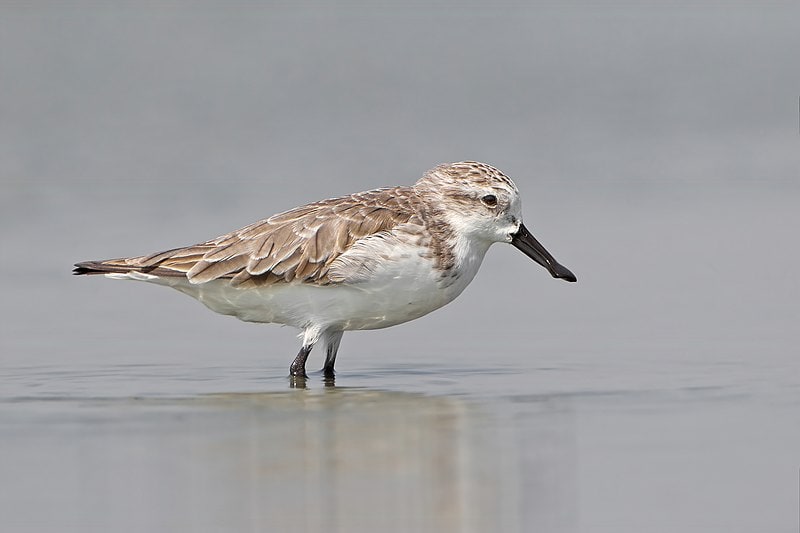
The Spoon-billed Sandpiper, a small wader with a distinctive spoon-shaped bill, is critically endangered with fewer than 1000 individuals remaining. They breed in northeastern Russia and winter in Southeast Asia, facing significant threats from habitat loss and climate change. Their diet includes insects, small fish, and crustaceans. Conservation efforts include habitat protection, research, and international collaboration to address threats along their migratory route. The survival of the Spoon-billed Sandpiper is closely tied to the preservation of key habitats along their extensive migratory pathway.
Yangtze Finless Porpoise (Around 1000 Individuals)

The Yangtze Finless Porpoise is the only freshwater porpoise, critically endangered with around 1000 individuals left. They reside in China’s Yangtze River, where they face threats from pollution, illegal fishing, and heavy river traffic. Known for their intelligence and playful behavior, these porpoises have a diverse diet of fish and crustaceans. Conservation efforts include establishing protected areas within the river, promoting sustainable fishing practices, and improving water quality. The survival of the Yangtze Finless Porpoise is intricately linked to the overall health of the Yangtze River ecosystem and the effectiveness of conservation measures in the region.
This article originally appeared on Rarest.org.
M0re from Rarest.org
The World’s 19 Most Iconic and Historic Bridges

Bridges are marvels of engineering and design, connecting cities, countries, and cultures. They stand as symbols of human ingenuity and perseverance. Read more.
9 Endangered Marine Mammals to Save from Extinction

Marine mammals face numerous threats in today’s oceans. From pollution to habitat loss, their populations are dwindling at alarming rates. Read more.
19 Highest Paid Male Athletes in the World

The world of sports boasts some of the highest-paid individuals globally. These sports stars’ origins, revenues, and unique contributions to their fields make them fascinating subjects of interest. Read more.
